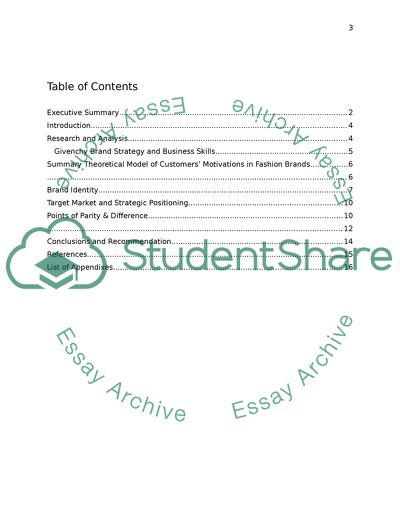Cite this document
(Luxury Fashion Branding Strategy of Givenchy Case Study, n.d.)
Luxury Fashion Branding Strategy of Givenchy Case Study. https://studentshare.org/marketing/1844869-you-will-need-to-research-a-luxury-fashion-brand-and-its-branding-strategy-looking-at-the-evolution-identify-challenges-and-current-issues
Luxury Fashion Branding Strategy of Givenchy Case Study. https://studentshare.org/marketing/1844869-you-will-need-to-research-a-luxury-fashion-brand-and-its-branding-strategy-looking-at-the-evolution-identify-challenges-and-current-issues
(Luxury Fashion Branding Strategy of Givenchy Case Study)
Luxury Fashion Branding Strategy of Givenchy Case Study. https://studentshare.org/marketing/1844869-you-will-need-to-research-a-luxury-fashion-brand-and-its-branding-strategy-looking-at-the-evolution-identify-challenges-and-current-issues.
Luxury Fashion Branding Strategy of Givenchy Case Study. https://studentshare.org/marketing/1844869-you-will-need-to-research-a-luxury-fashion-brand-and-its-branding-strategy-looking-at-the-evolution-identify-challenges-and-current-issues.
“Luxury Fashion Branding Strategy of Givenchy Case Study”. https://studentshare.org/marketing/1844869-you-will-need-to-research-a-luxury-fashion-brand-and-its-branding-strategy-looking-at-the-evolution-identify-challenges-and-current-issues.


